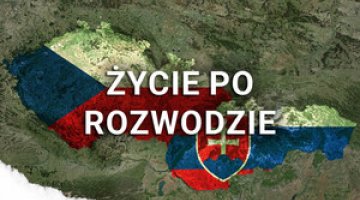Romania, Bulgaria and Greece joined the Via Carpatia project
At an international conference in Lancut held on 22 October, Romania, Bulgaria and Greece joined the project for the Via Carpatia land transit route, which will lead from Lithuania through Poland, Slovakia and Hungary, and further south through Romania and Bulgaria to Greece. Although the finalisation of the project is far in the future – the expected completion date is 2020 – the participation of new countries will increase the chances of obtaining additional funding from the EU budget for the project’s implementation.
The Via Carpatia Project is the largest infrastructural initiative of this type in central and south-eastern Europe. Under this project, express ways from Kaunas through Bialystok, Rzeszow, Kosice, Debrecen and Timisoara (with a branch leading to Bucharest and Constanta) and Sofia to Thessaloniki will be constructed, modernised and interconnected. The shortest land routes that connect the north and south of Europe between the Baltic Sea, the Black Sea and the Aegean Sea will be improved. The project was initiated by Poland in 2006, and initially covered only conceptual work on the route between Lithuania and Hungary.
The fact that new countries have joined the Via Carpatia project will increase its chance of being enlisted as a strategic route of the Trans-European Network of Transportation (TEN-T), which will allow European funds for feasibility studies to be secured. Currently, work on particular sections of the route is financed individually by the countries concerned, from EU structural funds among other sources. The extension of the route to other countries will make it possible to coordinate it with the route from the Caspian region to the EU, which is being implemented as part of the Transport Corridor Europe-Caucasus-Asia (TRACECA). <dab>





